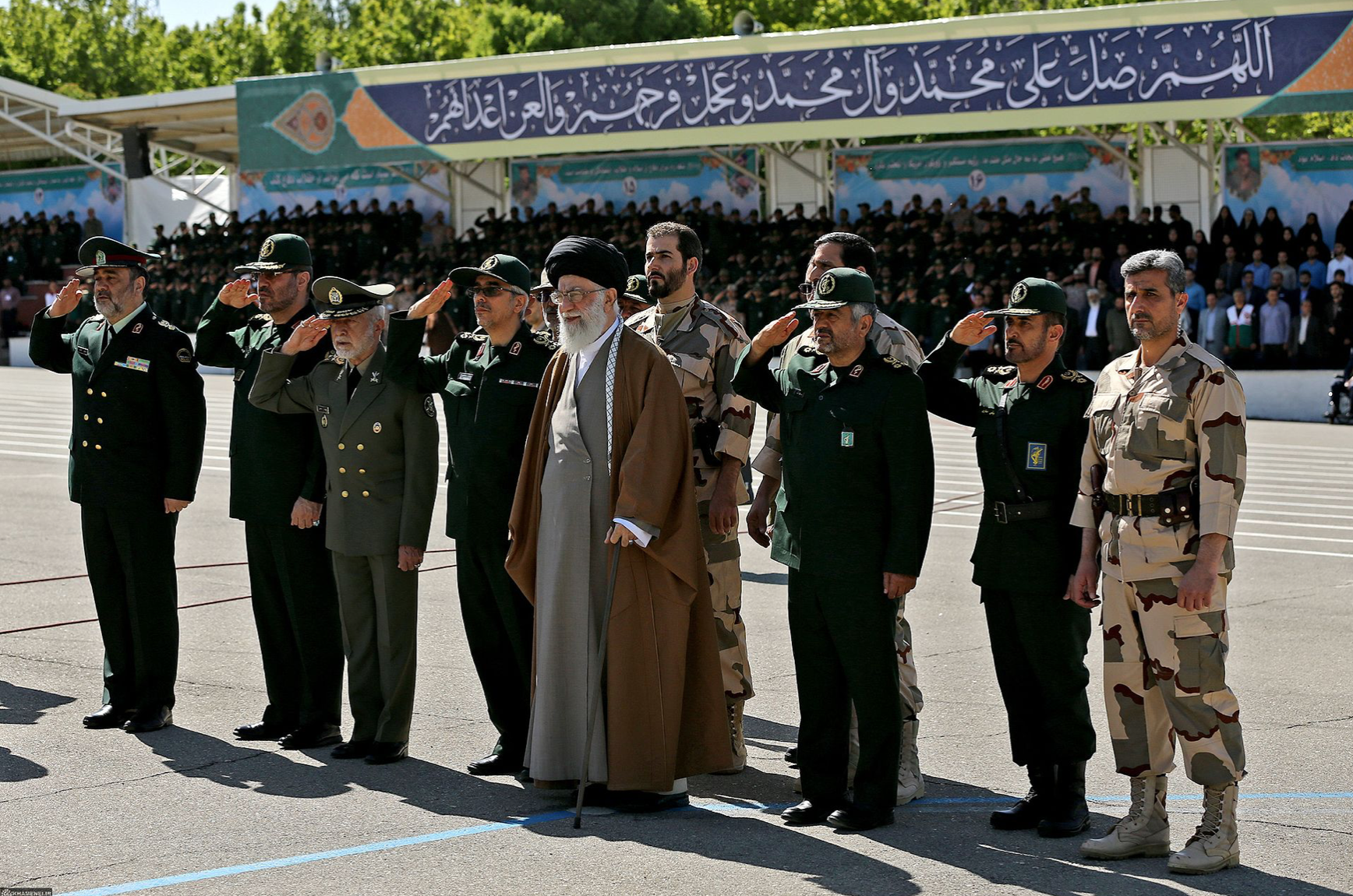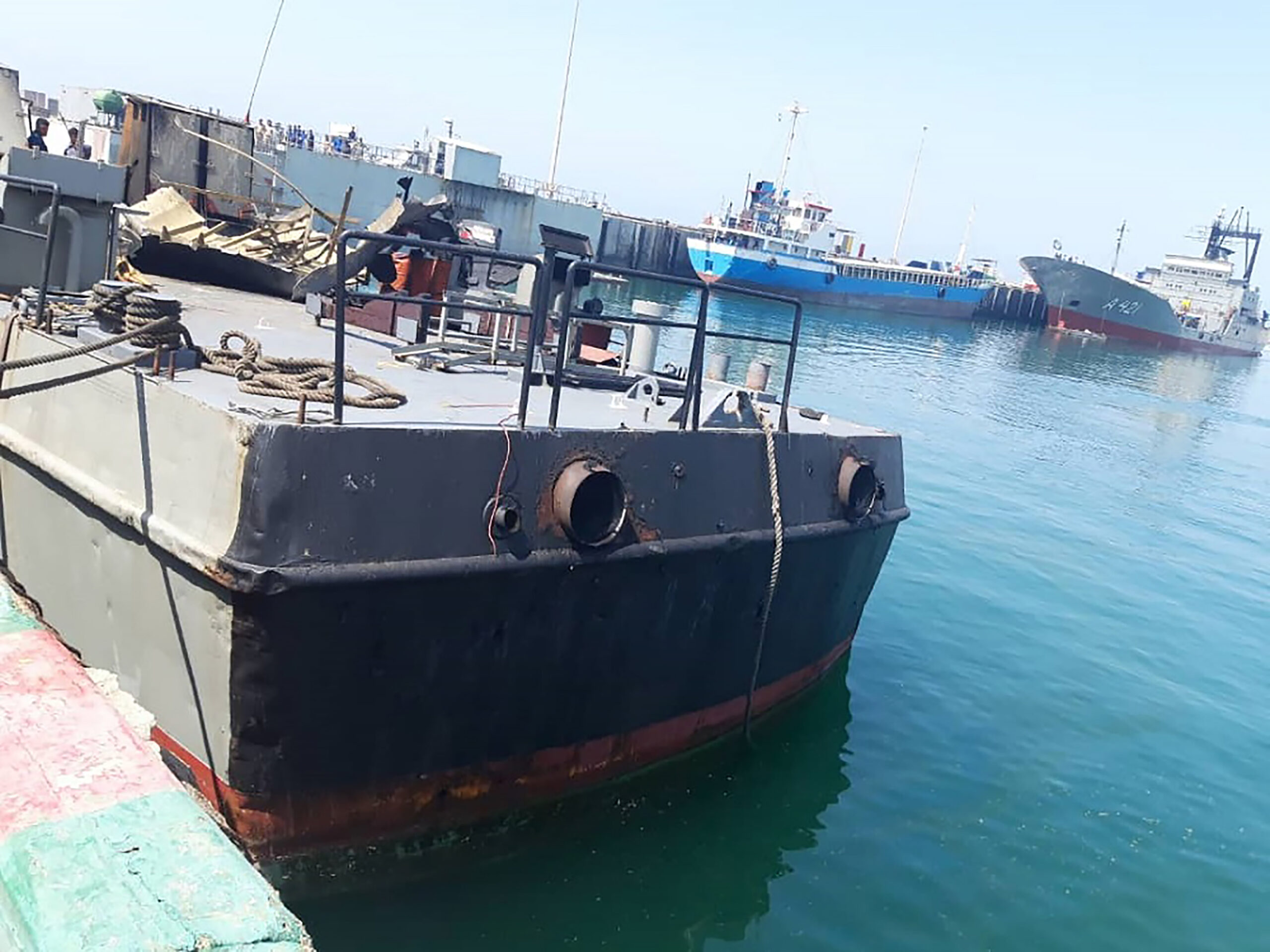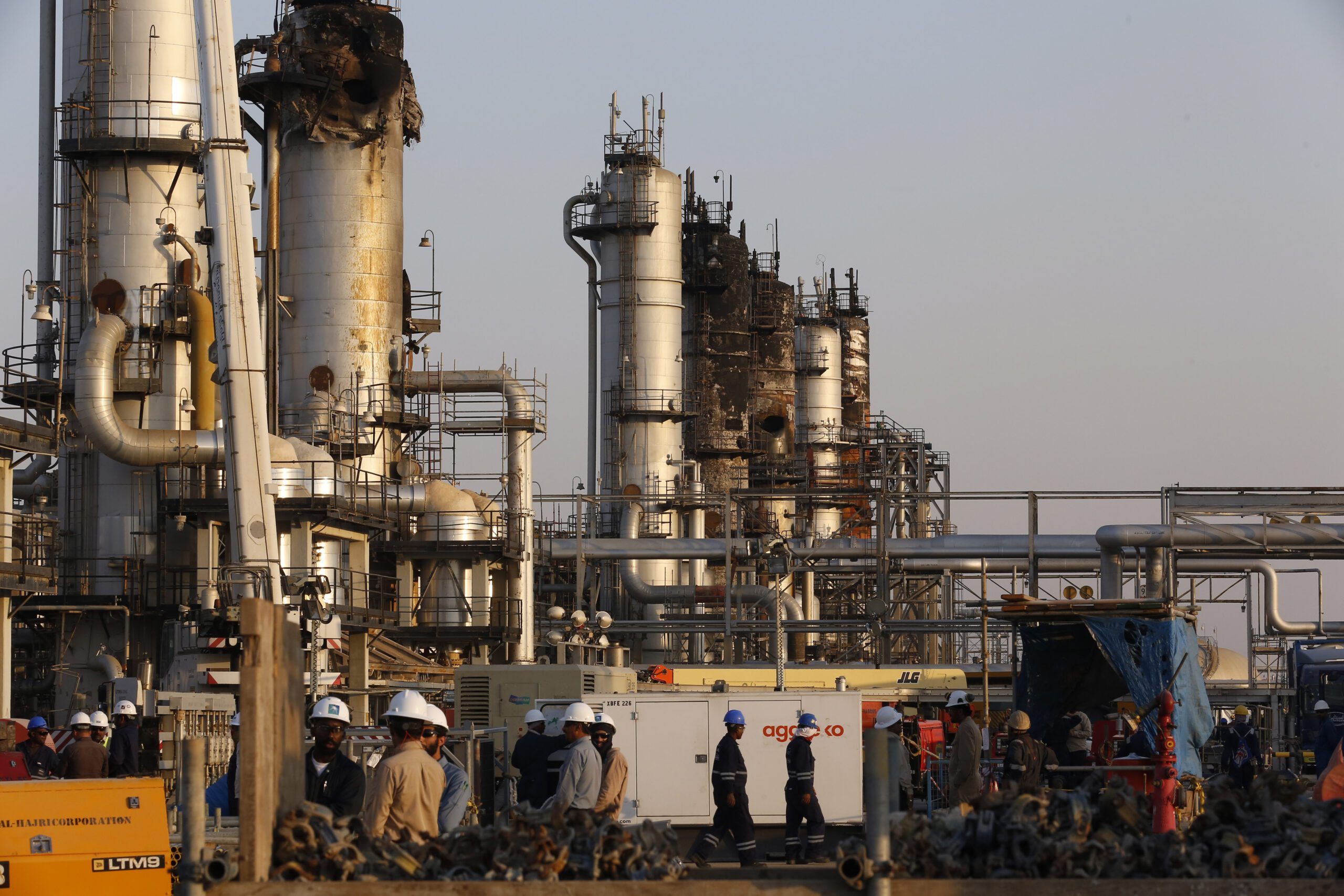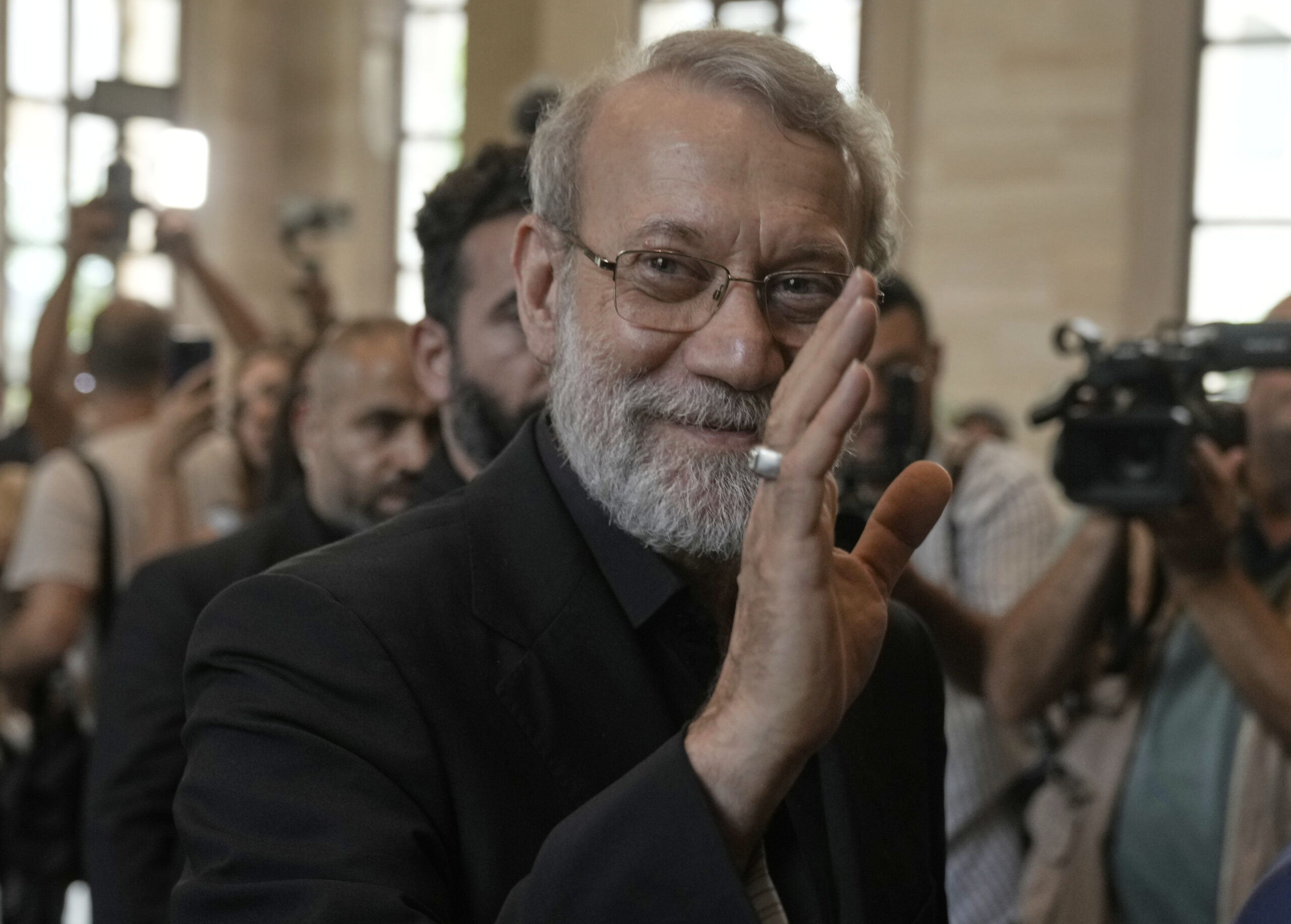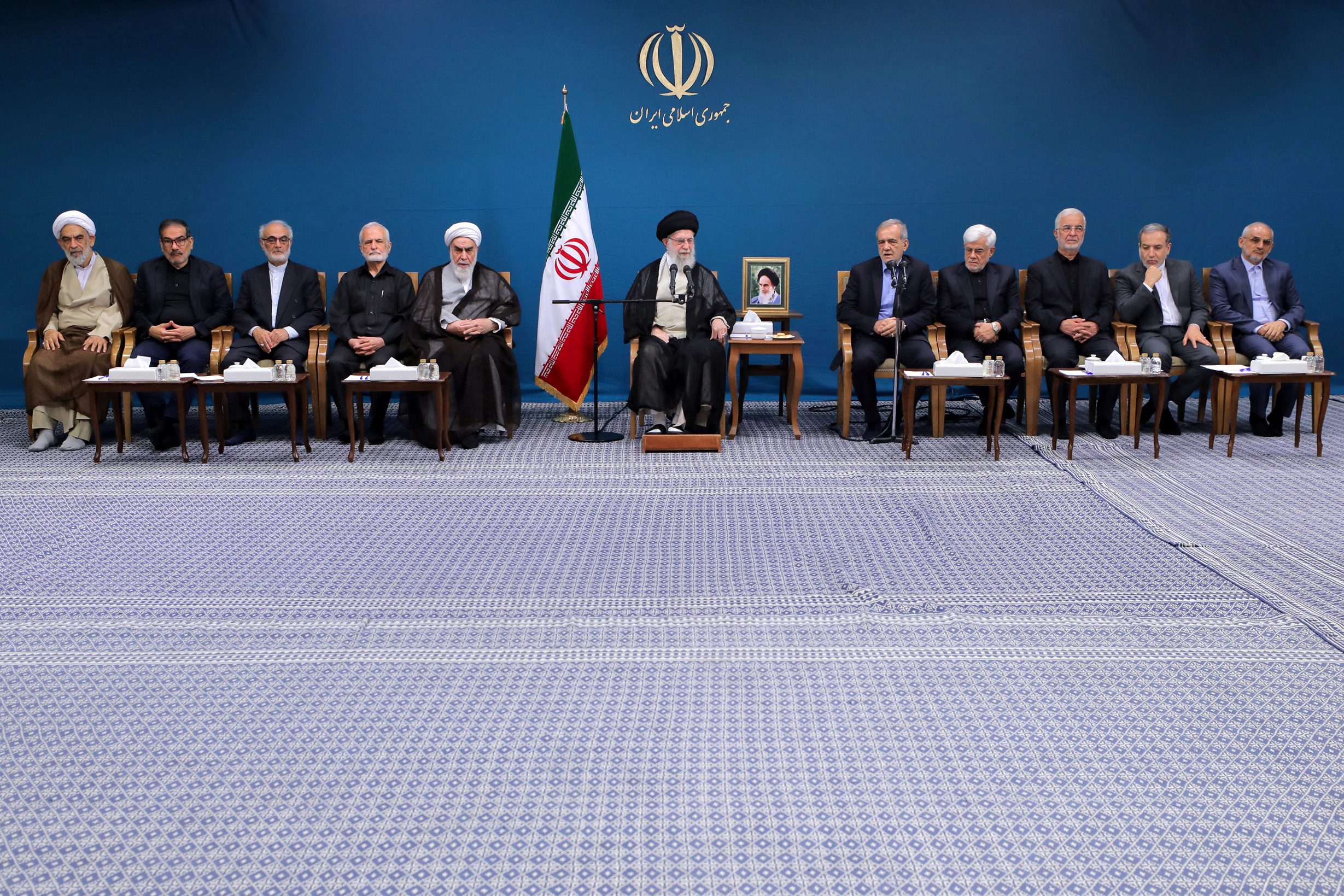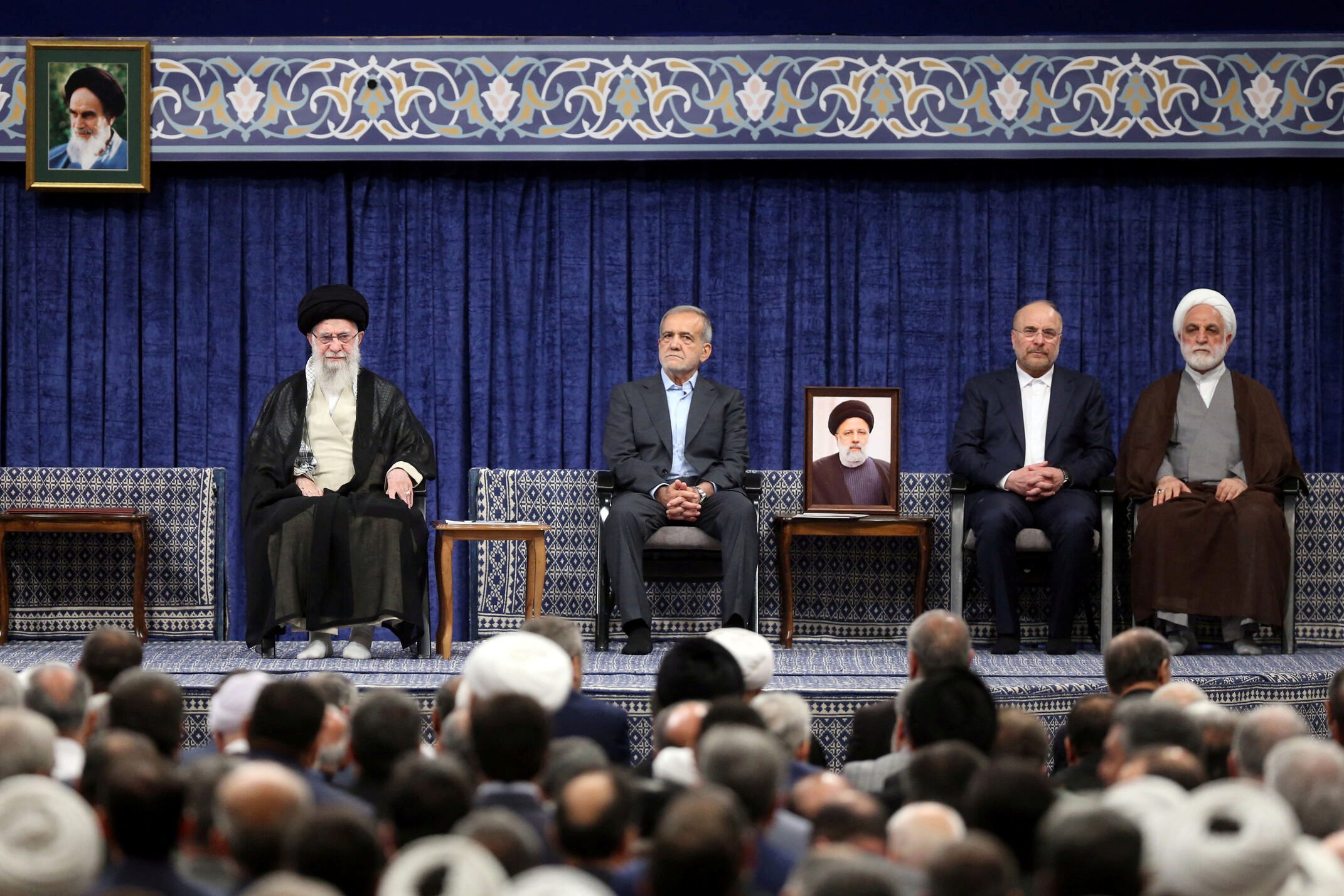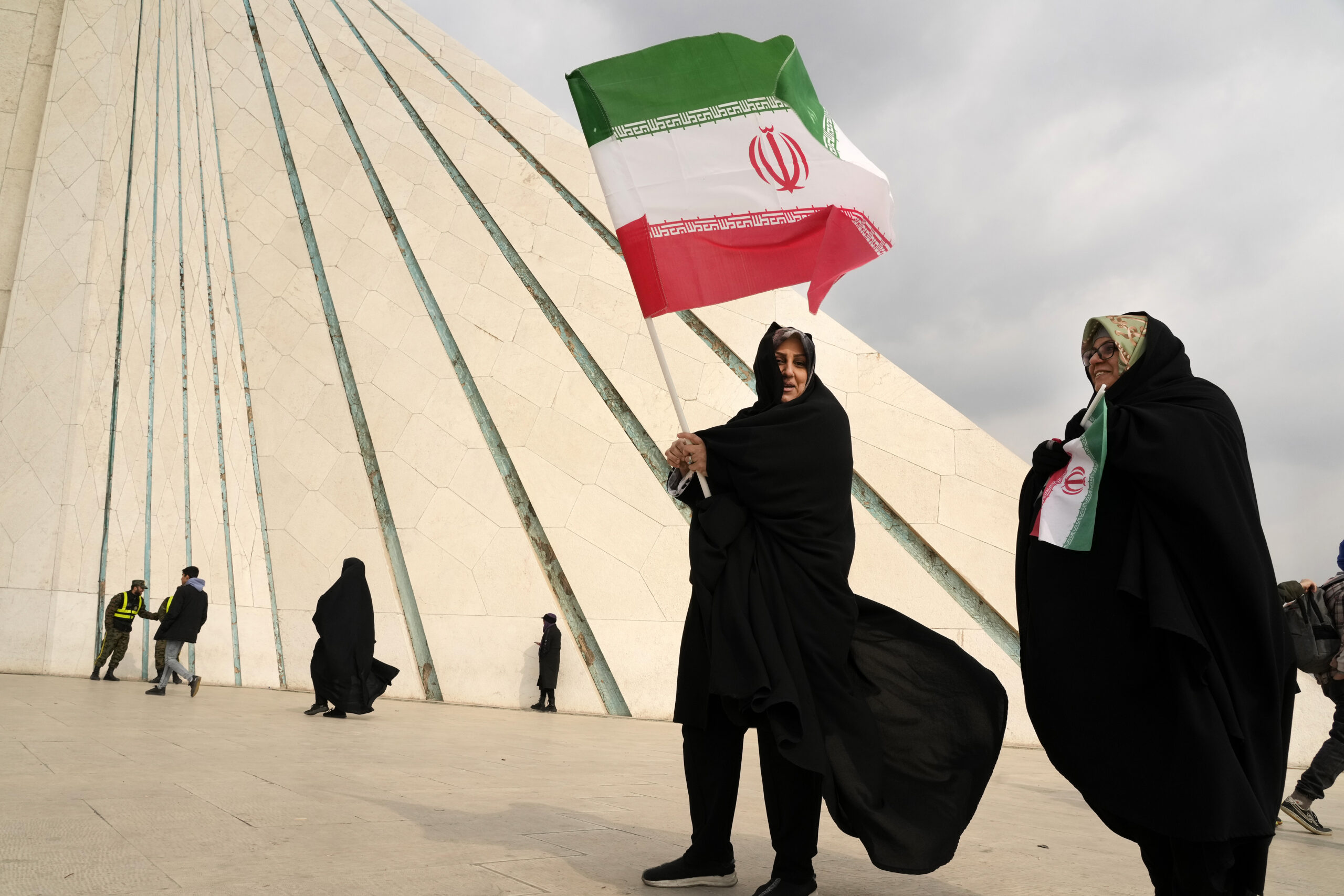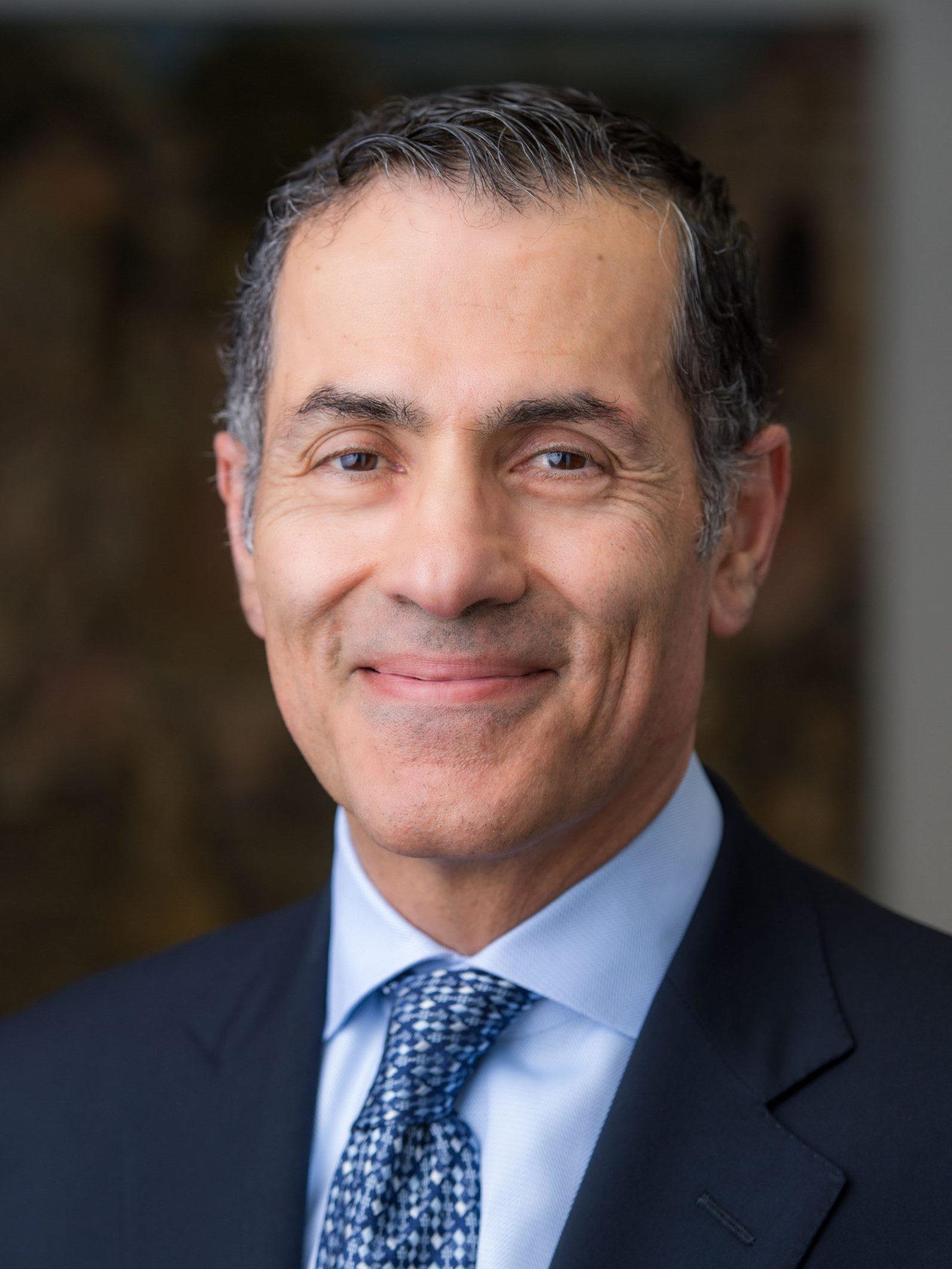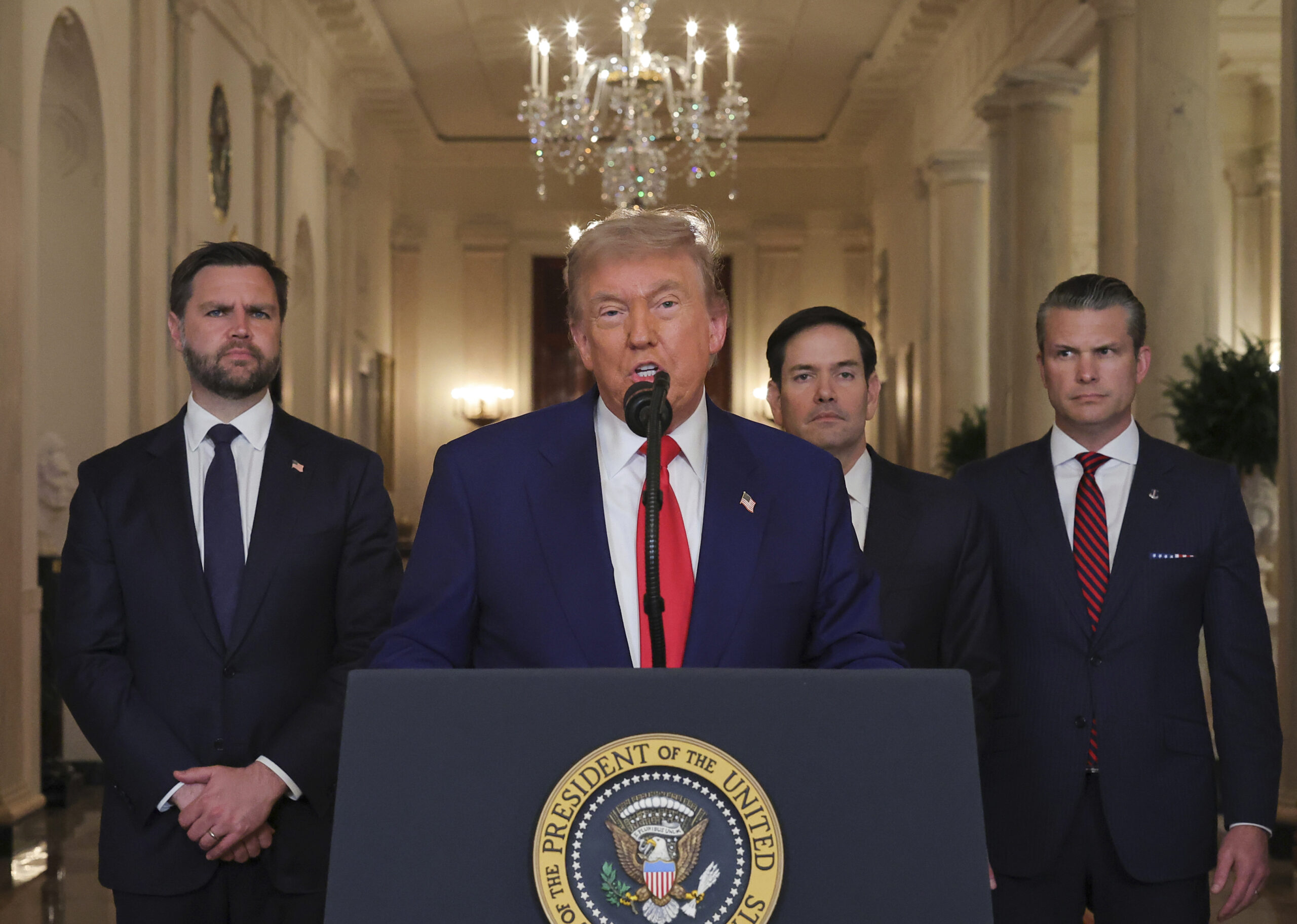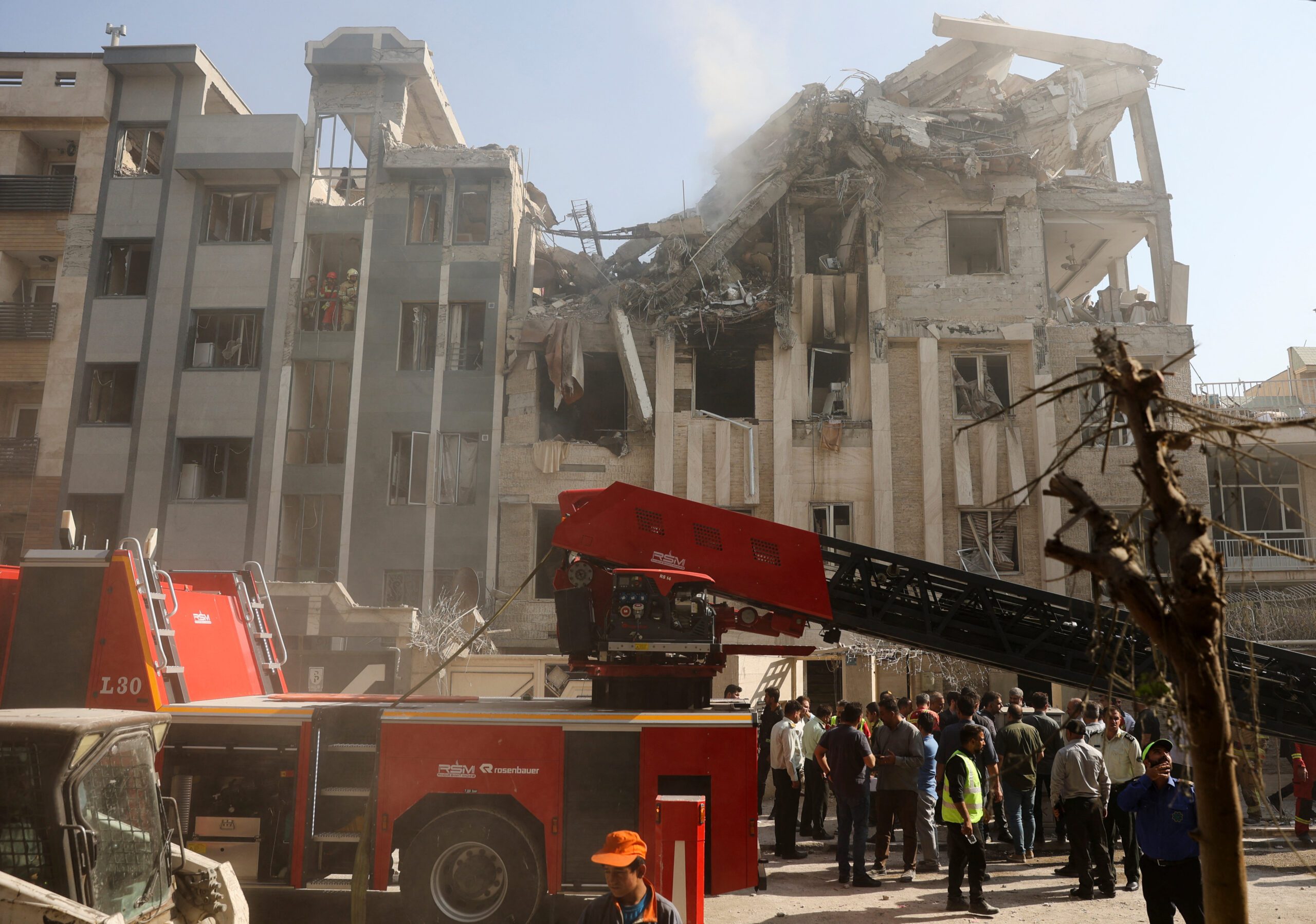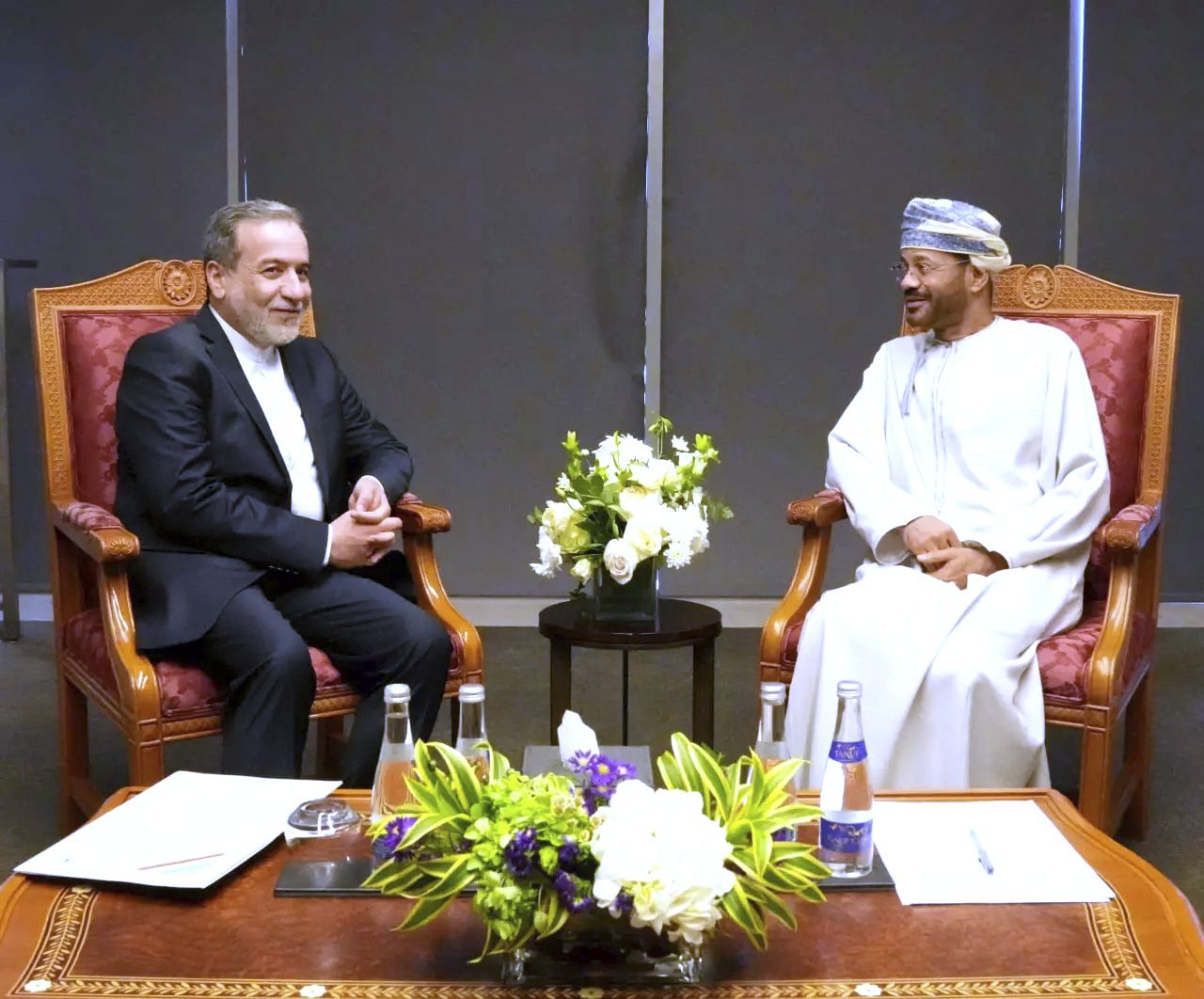What Iran’s Military Journals Reveal About the Role of Missiles in Strategic Deterrence
A pilot survey of Imam Hussein University academic journals shows the limits of academic freedom in the Islamic Republic, save a few pieces reflecting the Iranian leadership’s view of the role of missiles in strategic deterrence.
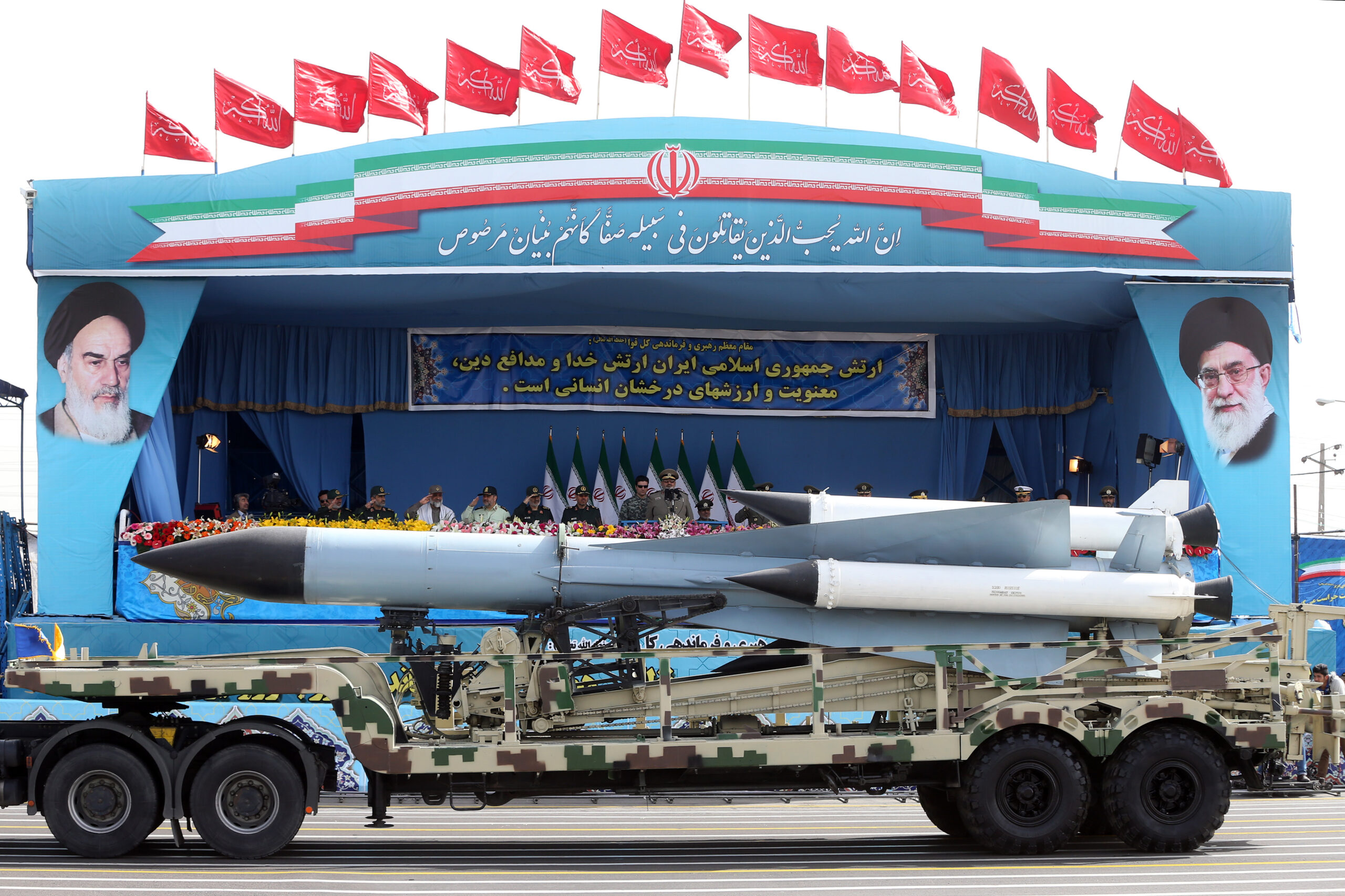
Iran’s missile force, the largest in the Middle East according to the U.S. Defense Intelligence Agency, is closely monitored by non-Iranian experts, but what do military journals published in Iran reveal about it? Six articles on Iran’s missile program identified in a pilot survey of academic journals of Imam Hussein University of the Islamic Revolutionary Guard Corps do not necessarily provide new technical information. Still worse from the perspective of non-Iranian researchers, the journal articles are largely based on data extracted from English-language sources, rather than drawing on the research of Iranian analysts. However, the articles still shed a bit of light on the Iranian leadership’s view of the role of missiles in strategic deterrence.
The official Islamic Republic of Iran historiography, exemplified by an article in the May 2019 edition of Afaq-e Amniat (Security Horizon, published since 2010), traces the roots of Iran’s missile program to the 1980-88 war with Iraq. Incapable of retaliating in kind to Iraq’s systematic use of ballistic missiles against major population centers in Iran, and unable to finance a modern air force, by the mid-1980s, the Islamic Republic began an indigenous program to counter future threats. The program was largely based on reverse engineering Soviet and North Korean ballistic missiles and U.S. cruise missiles procured from Syria, North Korea, and the Afghan mujahedeen.
An article in the August 2018 edition of Siasat-e Defaee, (Defense Policy, published since 1991), provides a welcome correction to orthodoxy by extensively quoting Kamran Taremi’s 2005 essay, which traces the roots of Iran’s missile program to the late 1970s. According to Taremi, the regime of Shah Mohammad Reza Pahlavi reached out to Washington to purchase Lance short-range surface-to-surface ballistic missiles. When Washington denied the shah’s request, Iran and Israel allegedly signed a secret memorandum in 1977 to engage in a joint ballistic missiles research and development program. Around the same time, Iran pursued a clandestine military nuclear program, parallel with its civilian nuclear program.
Politically, Taremi’s account, especially the fact that it later resurfaced in a military journal published under Islamic Republic censorship, is important since it runs contrary to the official narrative that the Pahlavi regime was a mere client of the United States with no agency of its own. The revisionist narrative is also important since it depicts Iran’s quest for an indigenous missile capability as the long-term ambition of a regional power and not just a reaction to the war with Iraq or a function of the revolutionary nature of the Islamic Republic.
Turning to the contemporary era, the article concludes that Iran has made its missile capabilities “the backbone of its defense policy.” This is so because of the “low cost and high impact of the missiles,” which, along with the “possibility of transfer of missiles to nonstate actors … including the [Iraqi] Popular Mobilization Forces, Lebanese Hezbollah, the Houthis in Yemen, and Hamas in Palestine,” change the “power dynamics” in the Middle East region. This is a remarkable statement since the Islamic Republic has long provided Hezbollah with missiles and because it has steadfastly denied doing the same with regard to Yemen’s Houthi rebels.
The question of the “possibility” of Iran’s transfer of missiles to allies was raised previously in an article in the November 2016 edition of Afaq-e Amniat, in which the authors assert that, “Iran’s missile transfers abroad are not at a strategic level” and the Islamic Republic is not engaged in “missile technology transfer.” The main theme of the article, however, is the Missile Technology Control Regime and other arms control regimes, which, according to the authors, “institutionalize the monopoly of great powers” on nuclear and other advanced weaponry. Iran’s indigenous missile program challenges that monopoly and serves as an “equalizer,” reducing the gap between Iran and the great powers, the authors argue and then conclude: “Any measure, potential or actual, to rein in or control the missile capability equals disarmament and Iran’s capitulation in the face of different threats.”
An article in the November 2016 edition of Siasat-e Defaee specifically addresses U.S. military bases in the Middle East, which, in the view of Seyyed Javad Salehi and Abbas Farrah-Bakhsh, provides the Islamic Republic with potential targets and, therefore, also a deterrence against U.S. aggression against Iran. In their detailed article in the May 2018 edition of Siasat-e Defaee, Ali Qadim Mollalou and Seyyed Asghar Jafari from the Defense Ministry’s Malek-Ashtar University of Technology expand the list of adversaries to include Israel and conclude: “By developing missiles and enhancing an offensive capacity, Iran forces America and the regime occupying Quds [Jerusalem] to act more cautiously … and can, to a great extent, prevent a war.”
Turning the issue on its head, an article in the June 2019 edition of Siasat-e Defaee chiefly argues that the concern about Iran’s missile program is mostly a function of “Iranophobia” nurtured by the United States. The purpose of this propaganda, Isa Mohammad-Hosseini and Seyyed Javad Emam-Jomeh-Zadeh argue, is to “legitimize the presence of the U.S. military and missile defense systems in Arab countries.” Furthermore, the “threat from Iran’s missiles helps the United States sell more arms to the regional countries.” Remarkably, the authors end the article by emphasizing the range and accuracy of Iran’s missiles and thereby validate what they initially depict as an Iranophobic campaign by the United States.
The pilot survey of Imam Hussein University academic journals shows the limits of academic freedom in the Islamic Republic. Rather than using primary sources such as statements of Iranian officials, media coverage of various events related to Iran’s missile program – such as missile tests, fuel type, technical specifications, and the like – the journals are based on data provided in English-language sources published abroad. To some extent, the same is true for the analysis, which is based on Western international relations theory and strategic studies literature, save a few pieces reflecting the Iranian leadership’s view of the role of missiles in strategic deterrence. For the time being, therefore, information from nonacademic, Persian-language open sources provides the only real window to strategic thinking in Tehran.
The views represented herein are the author's or speaker's own and do not necessarily reflect the views of AGSI, its staff, or its board of directors.

